The Garamantes Empire once flourished by using technology to exploit groundwater in the Sahara desert, but fell into ruin when the groundwater ran out.
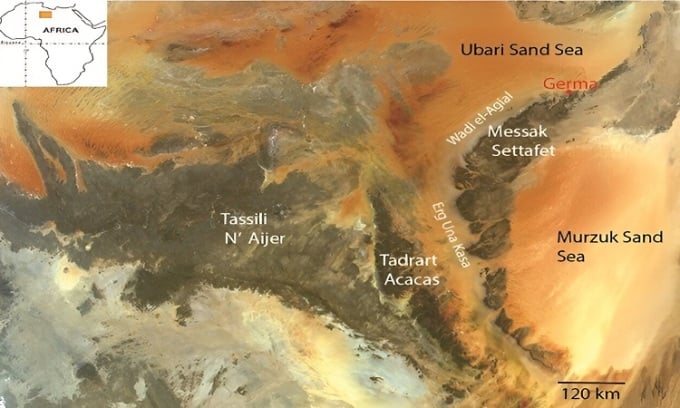
The area where the ancient Garamantes people lived. Photo: NASA/Luca Pietranera
With low rainfall and high temperatures, the Sahara Desert is one of the harshest and most inhospitable environments on Earth. Although the Sahara was much greener periodically in the past, one ancient society lived in a similar climate today by finding ways to collect water in the arid desert until the water ran out, according to Phys.org .
New research to be released at the Geological Society of America's GSA Connects 2023 conference on October 16 describes a series of favorable factors that allowed the ancient Saharan civilization, the Garamantes Empire, to tap groundwater below the ground, sustaining its society for nearly a millennium before running out of water.
According to Frank Schwartz, a professor in the School of Earth Sciences at Ohio University and the study's lead author, monsoon rains transformed the Sahara into a relatively green environment 5,000 to 11,000 years ago, providing surface water resources and a habitable environment for civilizations to thrive. When the monsoon rains stopped 5,000 years ago, the Sahara turned into a desert and many civilizations withdrew from the region.
The Garamantes lived in the southwestern Libyan desert from 400 BC to 400 AD under hyper-arid conditions similar to today, and were the first urbanized society to form in a desert lacking a continuous river. The lakes and rivers of the Green Sahara were long gone by the time the Garamantes moved in, but there was still a large amount of water stored in the sandstone bedrock, potentially one of the world’s largest aquifers, according to Schwartz.
Camel trade routes from Persia across the Sahara provided the Garamantes with the technology to collect groundwater using underground aqueducts or aqueducts. This method involved digging gently sloping tunnels into hillsides just below the water table. Groundwater would then flow into the tunnels, leading to irrigation systems. The Garamantes dug a total of 750 km of underground tunnels and aqueducts to collect groundwater, with the construction activity peaking between 100 BC and AD 100.
Schwartz combined archaeological studies with hydrological analysis to understand how the terrain, geology, and rainfall patterns created the ideal conditions for the Garamantes to tap groundwater. According to him and his colleagues, the Garamantes were environmentally fortunate, with previously wet weather, suitable terrain, and unique groundwater conditions for the aqueduct technology to work. However, their luck ended when the water table dropped below the surface of the tunnels, leading to the end of the empire.
An Khang (According to Phys.org )
Source link




![[Photo] General Secretary To Lam receives the Director of the Academy of Public Administration and National Economy under the President of the Russian Federation](/_next/image?url=https%3A%2F%2Fvphoto.vietnam.vn%2Fthumb%2F1200x675%2Fvietnam%2Fresource%2FIMAGE%2F2025%2F12%2F08%2F1765200203892_a1-bnd-0933-4198-jpg.webp&w=3840&q=75)







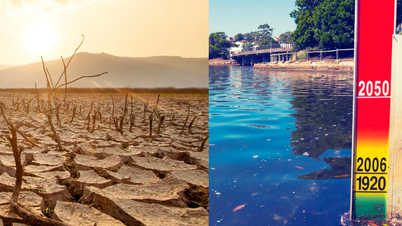




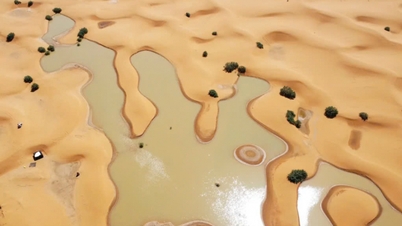














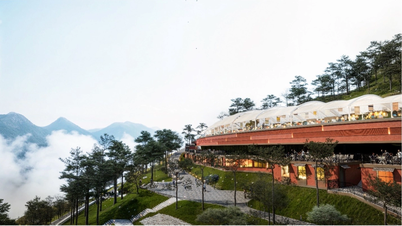
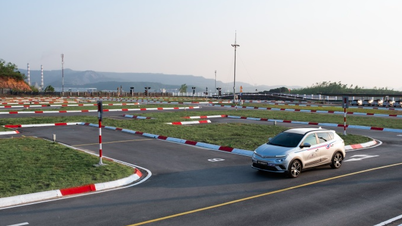




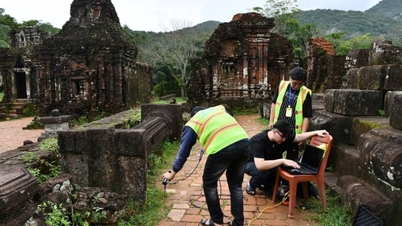

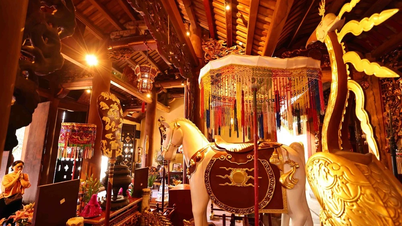



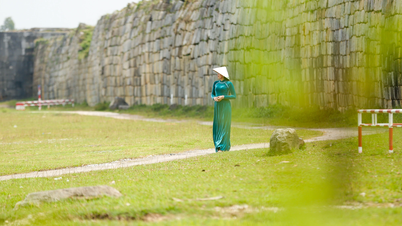






































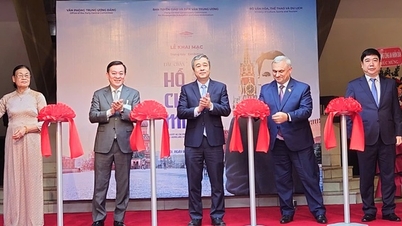


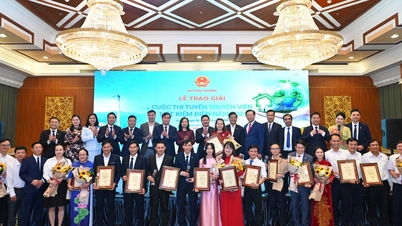


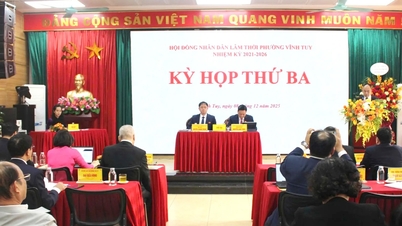
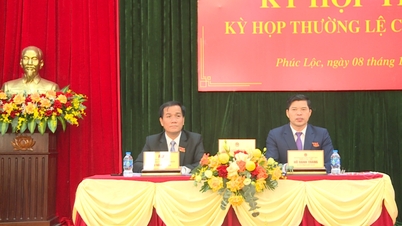

















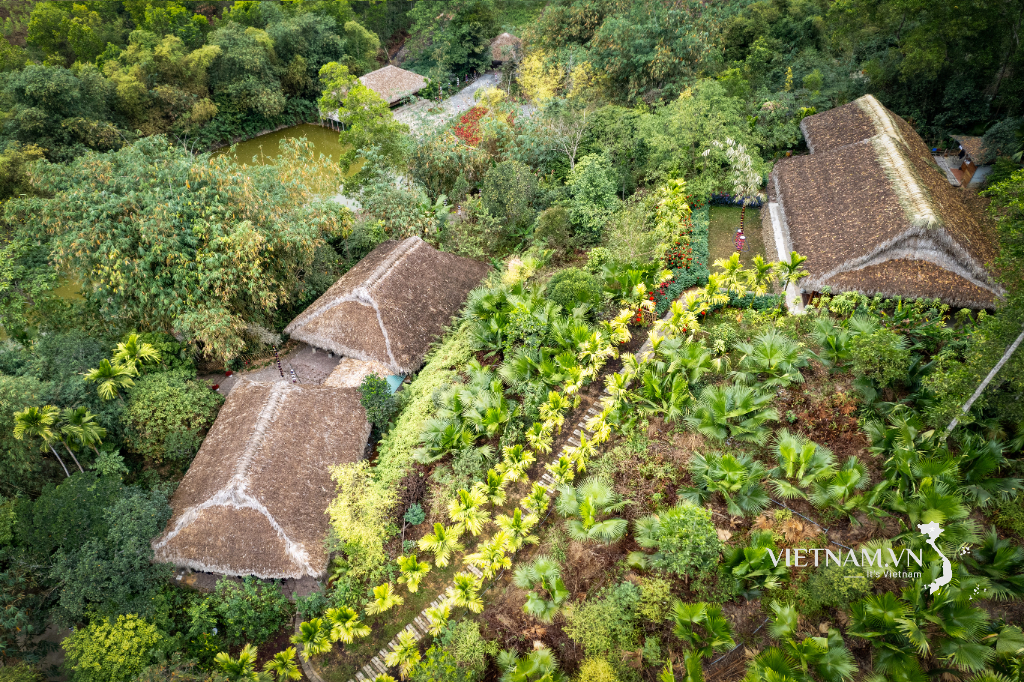




Comment (0)